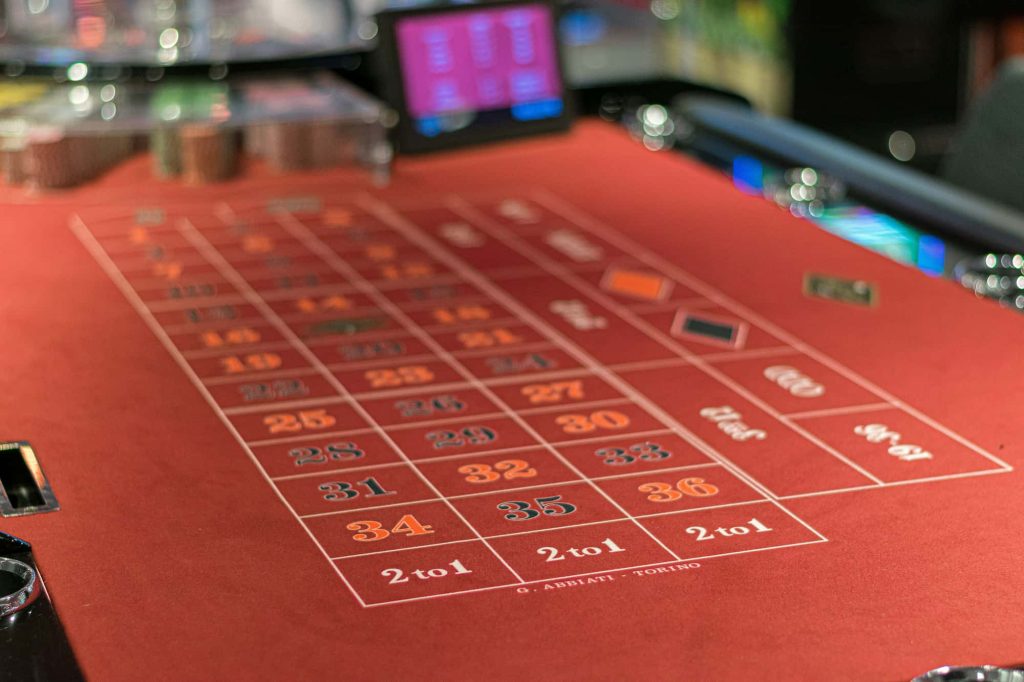Casinos may look glamorous, but cheating happens too. Criminals use clever tricks, from marked cards to high-tech gadgets, to steal. Casinos like Vave work hard to stay ahead with better security. They use cameras, advanced tech, and security teams to keep the games fair and protect everyone involved.
Early Beginnings: Simple Tools and Tricks
In the early days, cheating in casinos was simple. Gamblers used hidden tools like marked cards and loaded dice to cheat. These tools were easy to hide and use.
Marked cards were changed so cheaters could tell what card was coming next. They would use small tools or ink to mark the cards.
The Rise of Technology: The 1970s and 1980s
In the 1970s and 1980s, cheating devices became more advanced. One of the most well-known was the “card computer,” a small gadget that could predict card game outcomes by reading the deck’s order. Another was the “shiner,” a tiny flashlight used to reveal marks on cards. These devices were easy to hide. Casinos quickly realized they needed better security.
The 1990s: Cheating Becomes More High-Tech
In the 1990s, cheating devices got more advanced. One device let cheaters secretly swap low-value chips for higher ones, making it look like they won more.
Another device used lasers to read markings on cards from far away. This helped cheaters know what cards were coming next, giving them an unfair edge.
The 2000s: Digital and Remote Devices

In the 2000s, casino cheating became more high-tech. One key tool was the “mobile phone cheat.” Criminals used tiny earpieces and remote gadgets to get info about the cards or game outcome from someone outside.
Another tool was the “electronic chip reader,” which secretly scanned chips and sent the info to a remote device. This helped cheaters in poker games track chip values and plan their moves.
The Present Day: Cutting-Edge Technology and Countermeasures
In the 2000s, casino cheating became more high-tech with small, hidden devices. One key tool was the “mobile phone cheat.” Criminals used tiny earpieces and remote gadgets to get info about the cards or game outcome from someone outside.
Another tool was the “electronic chip reader,” which secretly scanned chips and sent the info to a remote device. This helped cheaters in poker games track chip values and plan their moves.
What Does RFID Technology Do in Modern Casino Security?
Casinos use RFID technology to stop cheating. RFID chips are in chips and cards, allowing casinos to track them. When a chip is placed on a table or slot machine, the RFID tag sends a signal to the security system, spotting any strange movements.
This tech helps casinos catch fake chips and watch betting patterns in real time. It also prevents “chip-switching” by making sure every chip is tracked.
RFID also helps ensure fair play by watching the game. For example, it tracks cards in card games, making it hard for cheaters to use marked cards or change outcomes. As RFID improves, it keeps casinos safer and catches more sophisticated cheats.
How AI Can Spot Cheaters
Casinos now use AI to catch cheaters quickly. It watches how players act, bet, and even their facial expressions to spot anything unusual. If someone bets in a strange way, the AI flags it. AI can also catch players working together to cheat by noticing their coordinated moves. These systems keep getting smarter. As a result, it ends up making it tougher for cheaters. This technology helps keep games fair for everyone.
